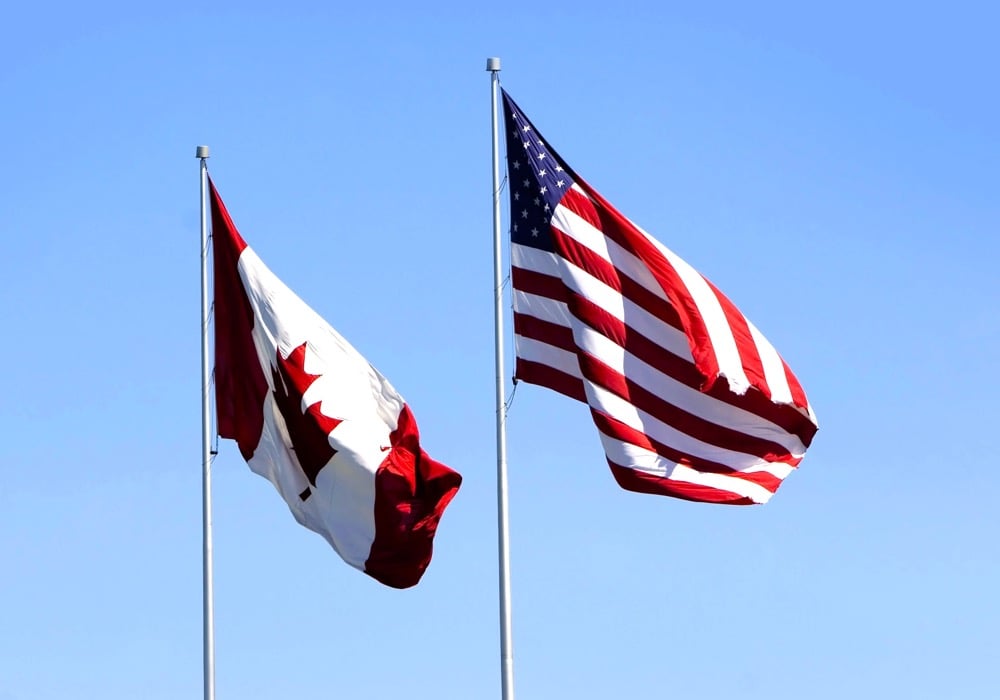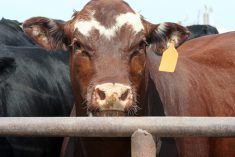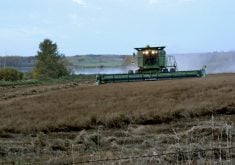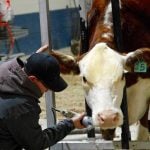Western Canadian feeder cattle prices were generally steady to $2 per hundredweight (cwt) higher on average last week as Alberta fed cattle prices surged by $4/cwt, reaching $123.50.
Feedlot margins are now clearly in positive territory for the first time since last summer and there appears to be renewed enthusiasm moving forward. Strength in wholesale beef prices has finally translated into a higher fed market, which has trickled down to the feeder complex.
The Canadian dollar traded near 11-month lows, supporting the overall beef complex while restaurant and retail demand leads the market higher. Consumer confidence is at the same levels as in early 2008 — a positive sign for beef prices moving into the summer months.
Read Also

Canadian trade data delayed by U.S. government shutdown
Canadian international trade data for September will be delayed indefinitely due to the ongoing partial shutdown of the United States government, Statistics Canada said Friday, Oct. 24.
Small groups of feeder cattle were featured at most auction markets, causing the market to be quite variable depending on quality. A group of 25 Charolais-cross steers weighing just over 600 pounds were quoted at $161 in the Lethbridge area. Exotic larger-frame steers weighing 700 lbs. sold for $149/cwt, landed in a Calgary region feedlot. The end of spring saw an increase in volume in cow-calf pairs, which traded in the range of $1,800 to $1,900 in central Alberta.
Barley prices continue to trade in a sideways range of $295-$298 per tonne delivered in southern Alberta, while feed wheat was slightly softer trading at similar levels. The upcoming crop appears to be experiencing favourable conditions across the Prairies, which should start to pressure new-crop prices and underpin the nearby replacement cattle market. Lighter cattle moving into feedyards will likely have the bulk of the feedgrain requirements with new-crop supplies.
Positive economic data has reinforced the beef market. U.S. consumer confidence jumped to 76.2, the highest reading since February of 2008. A rebounding U.S. housing market, positive employment numbers and tightening government fiscal policy all suggest growing consumer spending moving into the summer months. At-home and away-from-home food spending has surged since late April, supporting retail and wholesale beef prices.
— Jerry Klassen is a commodity market analyst in Winnipeg and maintains an interest in the family feedlot in southern Alberta. He writes an in-depth biweekly commentary, Canadian Feedlot and Cattle Market Analysis, for feedlot operators in Canada. He can be reached by email at [email protected] for questions or comments.
















